It’s that time of year again, which means that someone will ask me what 3D printer they should get their kids for Christmas. The answer I always give is, of course, “it depends”. What machine is the best for what person is relative to their age/skill level, your wallet, and the overall goal of the gift. So, to answer that question once and for all (this year), I’ve put together this guide. We’ll begin with the selection criteria before providing the best machines for each consideration, so you should be able to pick out the proper printer for your precocious relative.
Price
The number one determining factor for what system you’ll pick out for your loved one is how much you’re willing to shell out. If you’ve got a small budget, you’re already limiting the types of machines significantly, though you’ll still have to sift through a variety of low-cost 3D printers. There’s the truly cheap range ($100-$399), the serious gift range ($400 – $700), and the big investment range ($700+).
Age/Skill
Is this present for a very young child who’ll need a lot of hand holding to get a print made? Or are we talking high school age and ready for the science fair? This will help determine if you’re looking for a plug-and-play machine or an experimental kit. Something with a limited material set or a printer capable of using a wide variety of feedstocks.
Goal
Is this a long-term investment to get them into design and engineering all the way through grad school? Or is it more of a fun toy to get them through the next year? Whether or not you’re looking to purchase a real piece of equipment or just a tchotchke maker will inform your final decision.
Best 3D Printers for Kids
With all of that in mind, it’s easier to determine what sort of printer you’d like to get.
Best Low-Cost Plug-n-Play 3D Printer: $190 da Vinci nano w from XYZprinting
If you’re looking for easiest use for the lowest price, some member of the da Vinci family from XYZprinting may be the way to go. Because they’re made by contract manufacturer New Kinpo Group, the company is able to bring the price down to rock bottom.
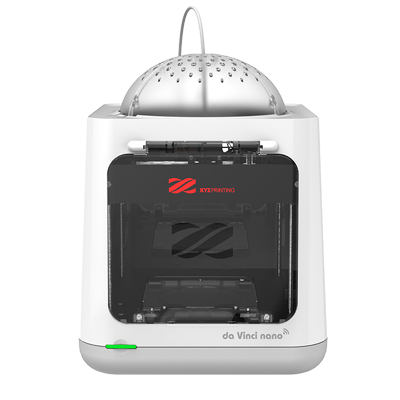
The da Vinci nano w 3D printer. Image courtesy of XYZprinting.
XYZprinting often has sales on its da Vinci nano w, a 10-pound printer with automatic bed leveling, automatic filament feeding, and wi-fi, all for $189.95 during the current sale. Based on my own experience reviewing a da Vinci Jr., I can’t promise that it will always run smoothly and the components may not be of the highest quality. However, this is likely one of the lowest priced plug-and-play machines you can think of.
Best Low-Cost Tinkering 3D Printer: $349 Prusa Mini Kit
Based in the Czech Republic, Prusa Research has one of the most solid reputations for desktop 3D printers in the market. This stems from its founder, Josef Prusa, and his pioneering work in the self-replicating, open-source world of RepRap. The Prusa Mini has proven to be one of the most popular low-cost machines that not only provides an excellent value, but will be useful for years to come.
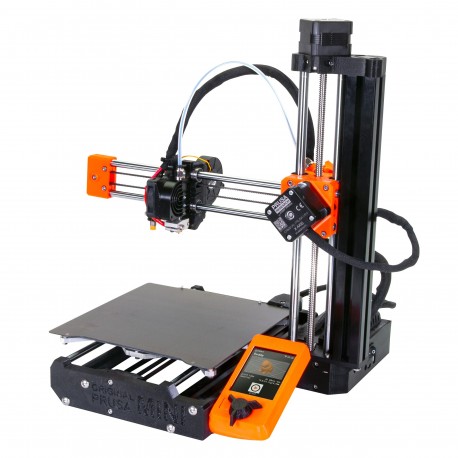
The original Prusa Mini. Image courtesy of Prusa Research.
At $349, you can purchase the Prusa Mini Kit for your engineering loved one. This will teach them how to assemble the machine so that they can learn each of the individual components and how they work together. Once this is done, they’ll have a more-or-less push-button machine that they can fine tune, tweak, and experiment with all the way through grad school.
Best Tinkering Investment: $1,495 LulzBot Mini
Another open-source company that has had a solid reputation is Aleph Objects, makers of the LulzBot line of 3D printers. The firm underwent some financial troubles recently but has hopefully bounced back after its acquisition by Fargo Additive Manufacturing Equipment 3D (FARGO 3D).
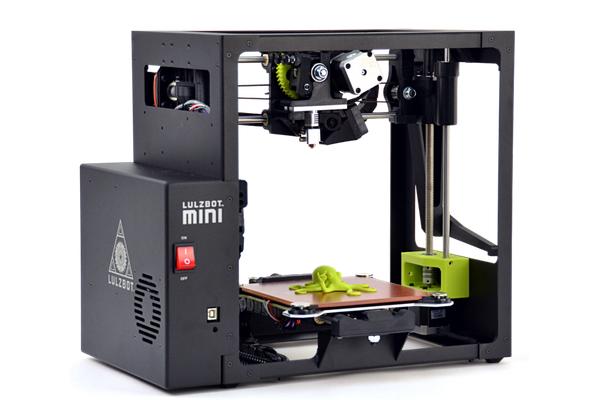
The LulzBot Mini 3D printer. Image courtesy of LulzBot.
After reviewing the LulzBot Mini, I became a huge fan. I loved its robust frame, flexible printhead mount, and tinker-ability. It’s a bit pricier than, say, the $999 Prusa MK3, which I have not reviewed, but I had such a pleasant experience with it that it’s hard for me not to recommend. I had the same good time with the TAZ 6, so I would expect the quality to be present for all of their machines. And because the LulzBot Mini is open source, you will be able to modify it and swap out print heads for years to come.
Best Plug-n-Play Investment: ~$4,000 Ultimaker S3
Where Prusa and LulzBot remained open source, Ultimaker’s open-source credentials are less solid. The Dutch firm was born out of the RepRap movement, as well, but as it shifted toward a more professional market, it released the source files for its machines less frequently. Now, we still await the documents for the Ultimaker S5 3D printer. Nevertheless, the company makes a solid machine if you’re willing to chip in the funds.
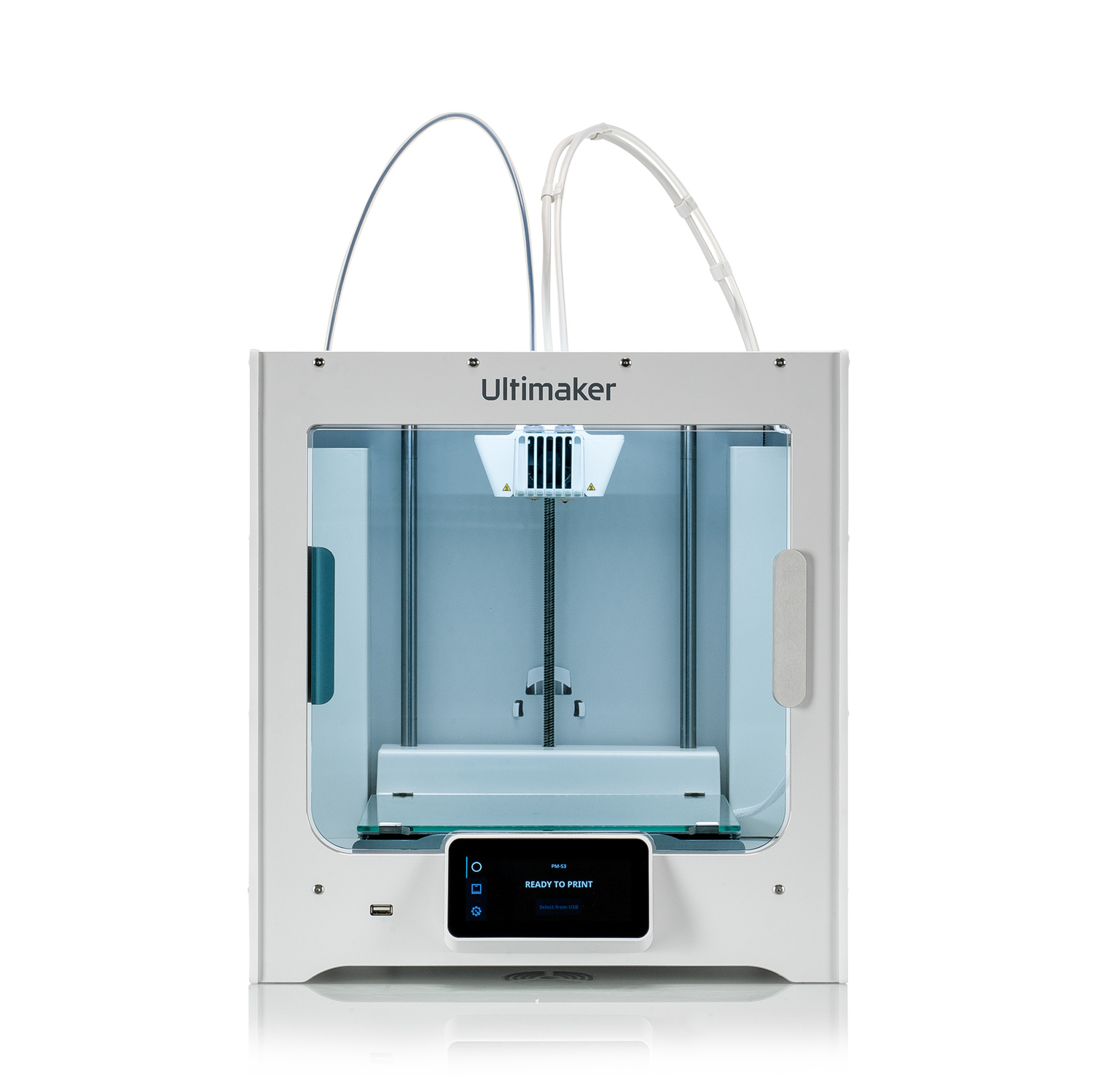
The Ultimaker S3 3D printer. Image courtesy of Ultimaker.
The Ultimaker S3 is essentially plug-and-play, with a number of built-in apps and plug-ins that allow you to modify where necessary, which includes adding experimental filaments. When experimenting, you may not always get a perfect object right out of the system, but for standard materials and designs it’s pretty easy to get first-time-right prints.
Best Resin 3D Printers
If material extrusion isn’t what you’re looking for for your kid, you might consider a low-cost resin 3D printer, possibly stereolithography (SLA) or digital light processing (DLP) machine. This would be ideal for a model-maker, jewelry designer, or chemistry major. Depending on the material you use, it could work for engineers, as well.
Now, you should note that resin systems are extremely messy and their materials quite hazardous. So, this is a serious commitment and not just a toy. You’ll need a dedicated area for this machine, including good ventilation, some gloves and possibly a sink.
Best DLP 3D Printer for Beginners: $159 Anycubic Photon
With this in mind, you might consider the Elegoo Mars or Anycubic Photon. Our resident model maker, Anthony Schilling, recommends the latter. At the moment, the Photon Mono is on sale for $159 at the Anycubic website. It’s not quite as large as the SQ or X and doesn’t rely on the same LCD print engine as the X, thus making it a bit slower. However, Anthony noticed a couple of bugs with the X, so it might be best to go with the cheaper option anyway. Keep in mind that this is a very low-cost machine, so you get what you pay for.

The Anycubic Photon Mono 3D printer. Image courtesy of Anycubic.
Best Investment SLA 3D Printer: $3,499 Form 3
If you’ve got the dough and want to invest in serious equipment for your young engineer, it’s hard not to argue with Formlabs. The company has been refining its product since it hit Kickstarter. The latest generation is the Form 3, which has a new, proprietary print engine that enables higher quality, faster prints. Formlabs has a great reputation for its products in general, which are meant to be easy to use while maintaining high quality. At $3,499, you get what you pay for. This would make the ideal gift for a high school grad who’s off to MIT or CalTech.
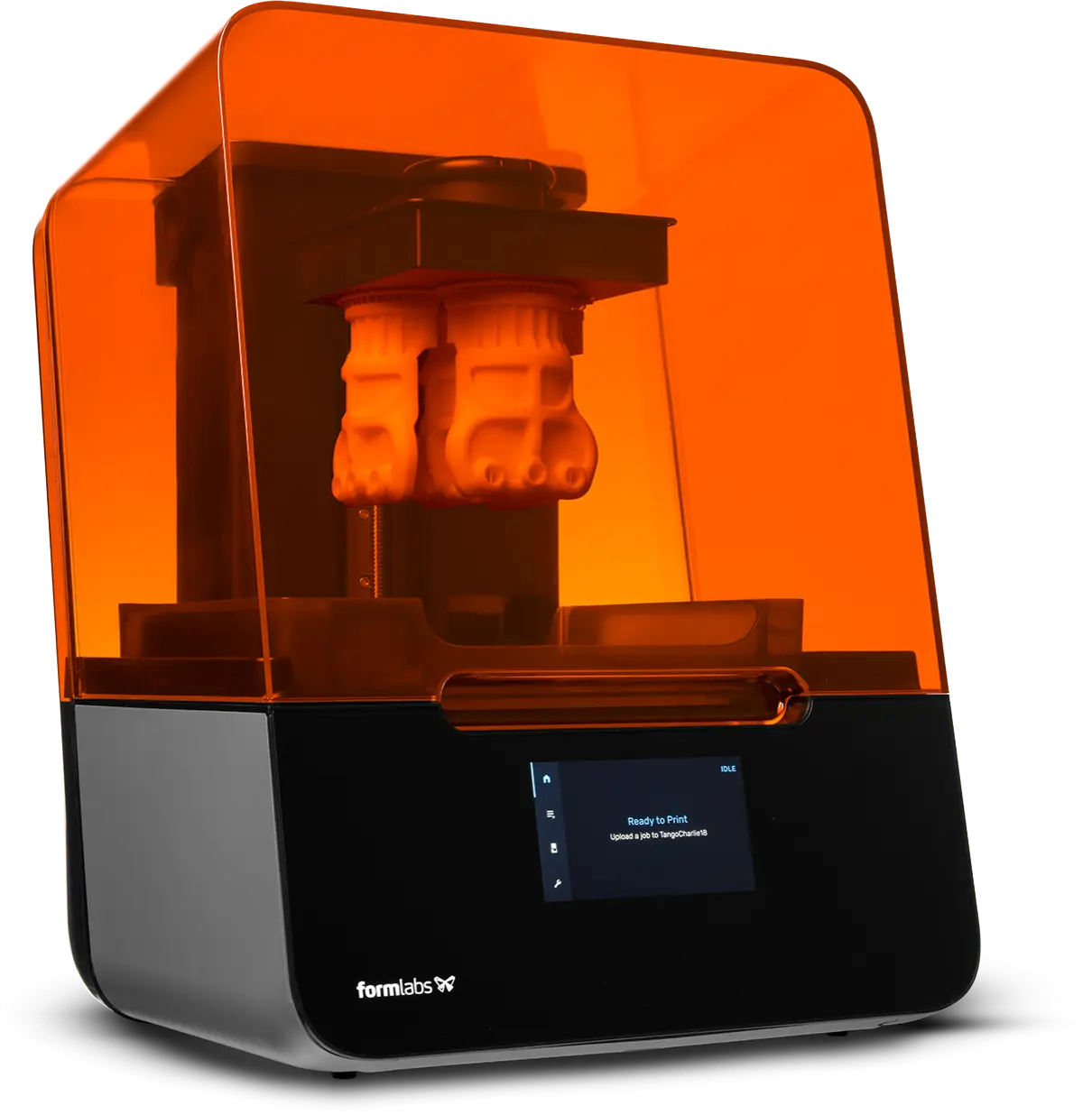
The Form 3 3D printer from Formlabs. Image courtesy of Formlabs.
Hopefully, this gives you the information you need to make a decision this holiday season. If it does or even if it doesn’t, please let us know what more you’d like to hear from us! Are there other buying guides you could use? What sorts of tutorials are helpful to you? Email me at michael at 3Dprint.com.
Subscribe to Our Email Newsletter
Stay up-to-date on all the latest news from the 3D printing industry and receive information and offers from third party vendors.
You May Also Like
3D Printing Unpeeled: New Arkema Material for HP, Saddle and Macro MEMS
A new Arkema material for MJF is said to reduce costs per part by up to 25% and have an 85% reusability ratio. HP 3D HR PA 12 S has been...
3D Printing News Briefs, January 20, 2024: FDM, LPBF, Underwater 3D Printer, Racing, & More
We’re starting off with a process certification in today’s 3D Printing News Briefs, and then moving on to research about solute trapping, laser powder bed fusion, and then moving on...
3D Printing Webinar and Event Roundup: December 3, 2023
We’ve got plenty of events and webinars coming up for you this week! Quickparts is having a Manufacturing Roadshow, America Makes is holding a Member Town Hall, Stratafest makes two...
Formnext 2023 Day Three: Slam Dunk
I’m high—high on trade show. I’ve met numerous new faces and reconnected with old friends, creating an absolutely wonderful atmosphere. The excitement is palpable over several emerging developments. The high...































